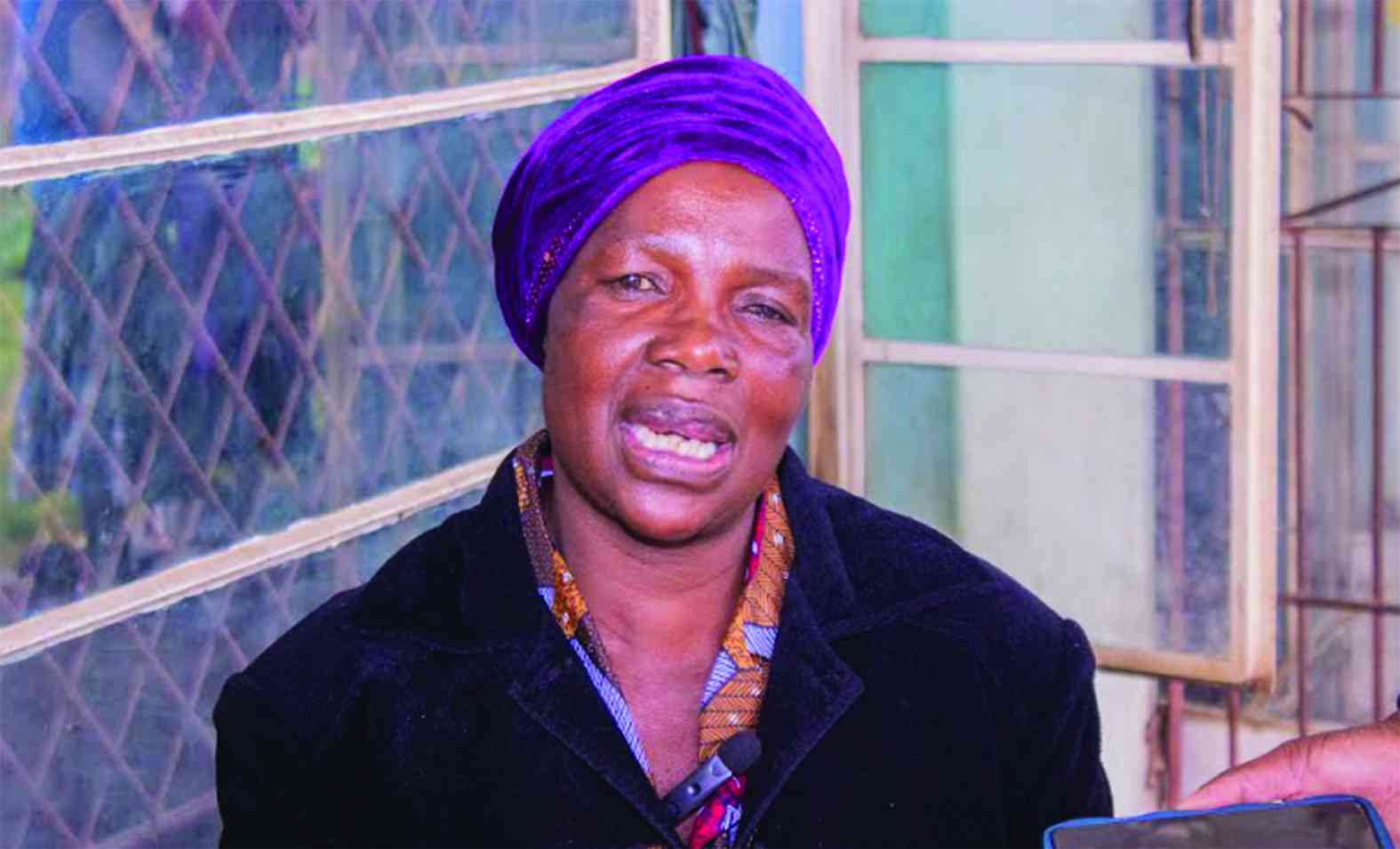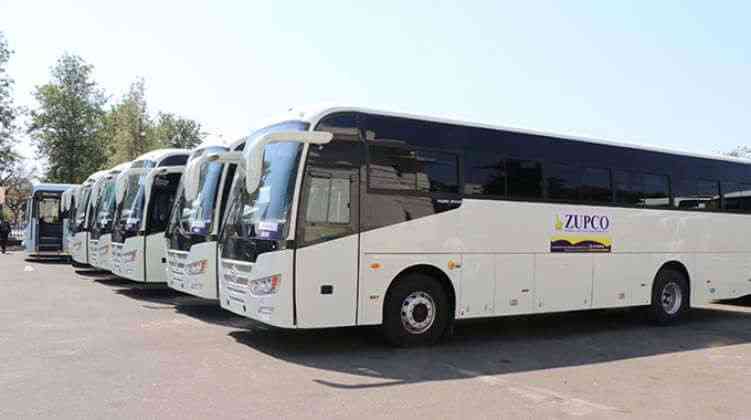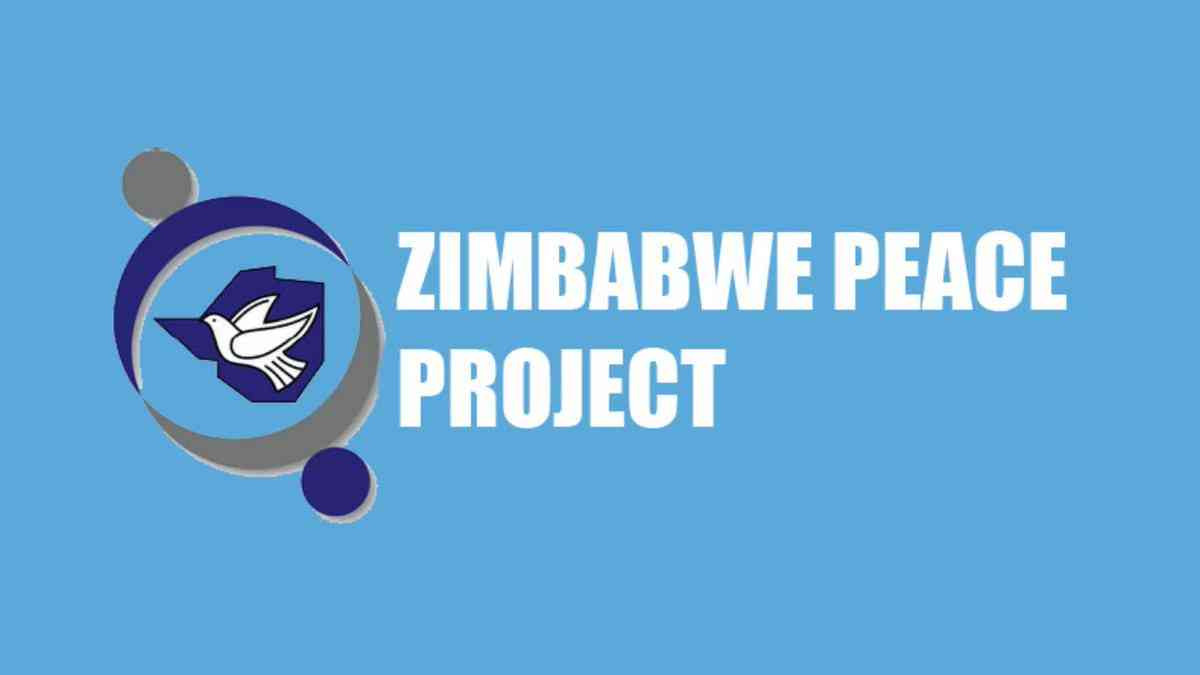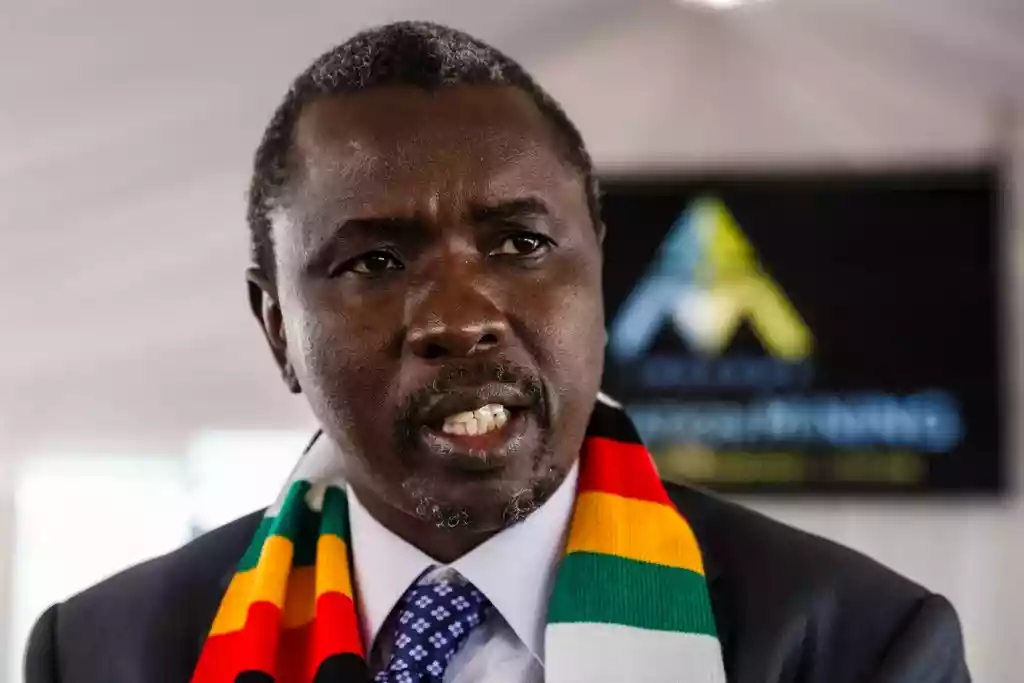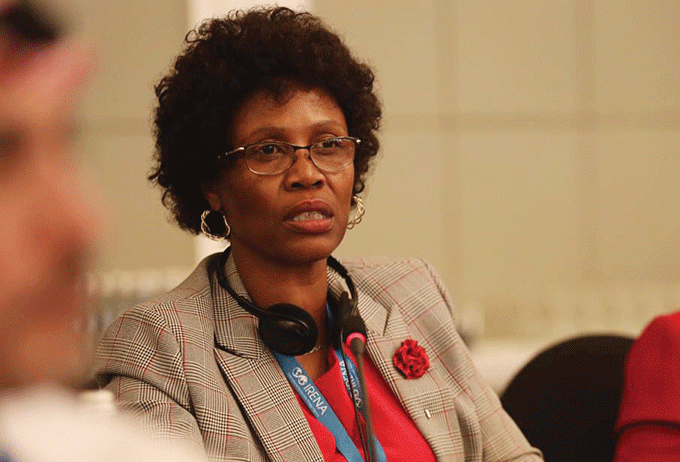
ZIMBABWE’S sub-economic tariffs are affecting the country’s efforts to fund access projects including backbone infrastructural development, Energy and Power Development ministry permanent secretary Gloria Magombo has said.
She said efforts to improve revenue assurance through the prepayment metering and smart metering projects were hindered by limited funding.
Speaking during the national electrification analysis workshop for stakeholders in Harare yesterday, Magombo said revenue assurance expected from electricity sales had failed to make a positive impact as Zesa operated with a high debtors’ book due to failure to collect revenue.
“Funding challenge was worsened by inflation, which reduced the buying power of the local currency. Due to competing needs, including the shortage of power supply to meet the growing demand to support the growing economy, the limited resources were applied towards other priority areas, including the pressing need for imports to meet the power demand at the expense of the electrification projects,” she said.
Magombo said as Zesa struggled to collect revenue, the Rural Electrification Fund (REF) could not fund its projects.
Zesa collects a 6% levy on behalf of the REF.
“You may wish to know that rural electrification is mainly targeting public institutions with 100% subsidy and is just over 72% against a target to electrify all public institutions by the year 2025,” Magombo said.
“REF is guided by an ambitious plan, the Rural Energy Master Plan of 2016, which is targeted at meeting energy requirements of the rural communities in Zimbabwe using different technologies at different tiers.
- Financial woes weigh down Zesa subsidiary
- Bizarre tariffs cripple Zim power projects
- Lighting up Bemba: Modernity creeps into marginalised community
Keep Reading
“The plan estimates over US$3,5 billion worth of investments by the year 2030 to achieve 100% access.”
Magombo said government funding was limited due to competing obligations, while the 6% rural electrification levy was also limited to US$25 million per annum.
“Private sector contribution is yet to make significant impact while other sources of funding remain elusive.
“Growth in the Zimbabwe population and the economy accounts for the drive in the demand for housing and the need for connections, with more than 350 000 households remaining unconnected,” she said.
On the comprehensive study on Zimbabwe’s National Electrification Analysis that was conducted by National Rural Electric Co-operative Association International under the World Bank’s auspices, Magombo said the project was timely, as Zimbabwe strove to become an upper-middle-income economy by 2030, whose demand forecast is estimated to rise to over 5 000 megawatts by the end of the same year.
According to the 2022 Population and Housing Census, 62% of citizens currently have access to electricity.
In 2022, electricity was the fourth most-imported product in Zimbabwe, mostly from South Africa, Mozambique, Zambia and Botswana.



